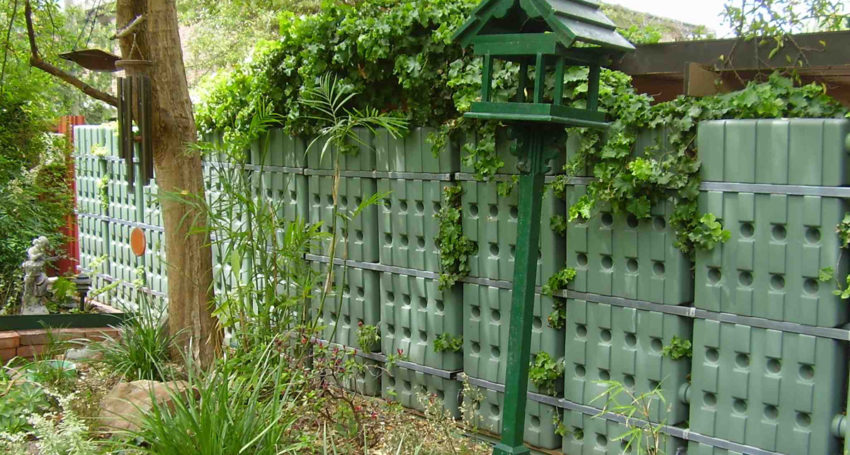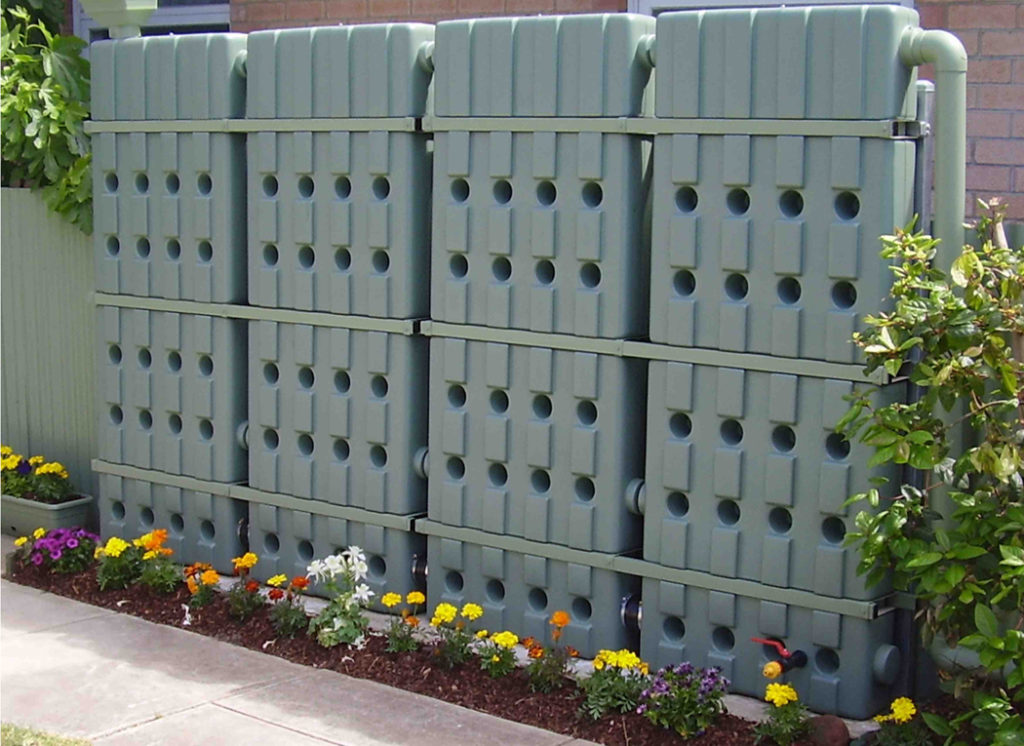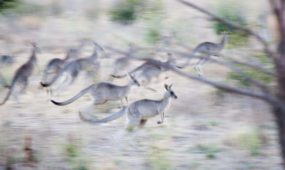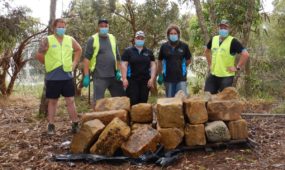Aussie ingenuity helping make America green again
Environment
A slimline rainwater tank that allowed Australians to weather terrible droughts will soon be manufactured in the United States.

Sign up to receive notifications about new stories in this category.
Thank you for subscribing to story notifications.

The Oziflow 58 Gallon tank is the original plastic slimline tank, is just 7” wide and can be linked together like Lego bricks to increase storage capacity.
Tooling to manufacture the blow-moulded tanks is being sent from Australia to South Carolina next month, which will allow them to be made on US soil from November.
The tanks are designed to fit snugly against walls or fences and will be sold through Walmart-owned Sam’s Club, where they are currently promoted online.
Oziflow is based in Adelaide, South Australia, which is often described as the driest state on the driest continent on Earth.
About 35,000 Oziflow tanks were manufactured in Australia from 2001 to 2014, gaining popularity with Aussies as a way to keep their gardens alive during hot summers and periods of drought. Some of the tanks were also exported around the world to countries including England, Spain, Canada and the US.
Oziflow co-founder Aaron Richards said the blow-moulded construction meant they could be manufactured in four minutes as opposed to up to two hours for a rotationally moulded polyethylene (PET) tank.
He said the componentry and mounting systems would still be made and packaged in South Australia and shipped to the manufacturer in South Carolina, Mergon Corporation, which is located an hour from a major Walmart distribution centre.

“Because it’s rapidly made, it’s rapidly sold. At K-Mart in Australia it became known as the flat-pack water tank and that model is being transposed into Sam’s Club,” Richards said.
“When you’ve got a manufacturing capacity of up to 5000 units per week across multiple shifts in a blow moulding facility that’s a lot of product you can ship.”
Mergon also has manufacturing facilities in Ireland and the Czech Republic potentially allowing for easy expansion into Europe and the United Kingdom.
However, Richards is focusing on North America for now and has a conservative minimum goal of 3000 tanks in the first year, ramping up to 300,000 tanks in year five.
“One of the lessons I’ve learned in the past is not trying to be everything to everyone,” he said.
“I’ve got big opportunities in the US where they are in drought and looking for solutions.
“They do water storage domestically but they don’t do it very well so we’ve marketed ourselves as the rain barrel experts.”
The Millennium Drought from 2000-2009 devastated much of Australia, forcing farmers and home gardeners to rethink how they sourced water.
Tanks for capturing rainwater from household rooftops became popular and were even made mandatory for new developments in some areas for the purpose of toilet flushing and garden watering.
The rainwater tank market has matured in Australia. This coupled with local manufacturing pressures has forced Richards to look to the much bigger North American market, which has become more water conscious in recent years due to its own drought problems.
Richards said users usually buy three to five tanks in the first instance.
“One of the things we were finding in the US that was emulating the experience in Australia was customers coming back year after year and buying two or three more tanks and adding them on,” he said.
Along with Israel, South Australia is considered a global leader in rainwater harvesting and reuse. It was this expertise that attracted a delegation of American local bureaucrats and university professors looking for Australian solutions they could take back to the US.
“I identified the US when we met that delegation about seven years ago when they had just started their journey into drought and that’s when I really opened up to the opportunities,” Richards said.
“We have an established reputation and we traded on that in moving the product into the US.
“It is really an untapped market.”
Jump to next article



